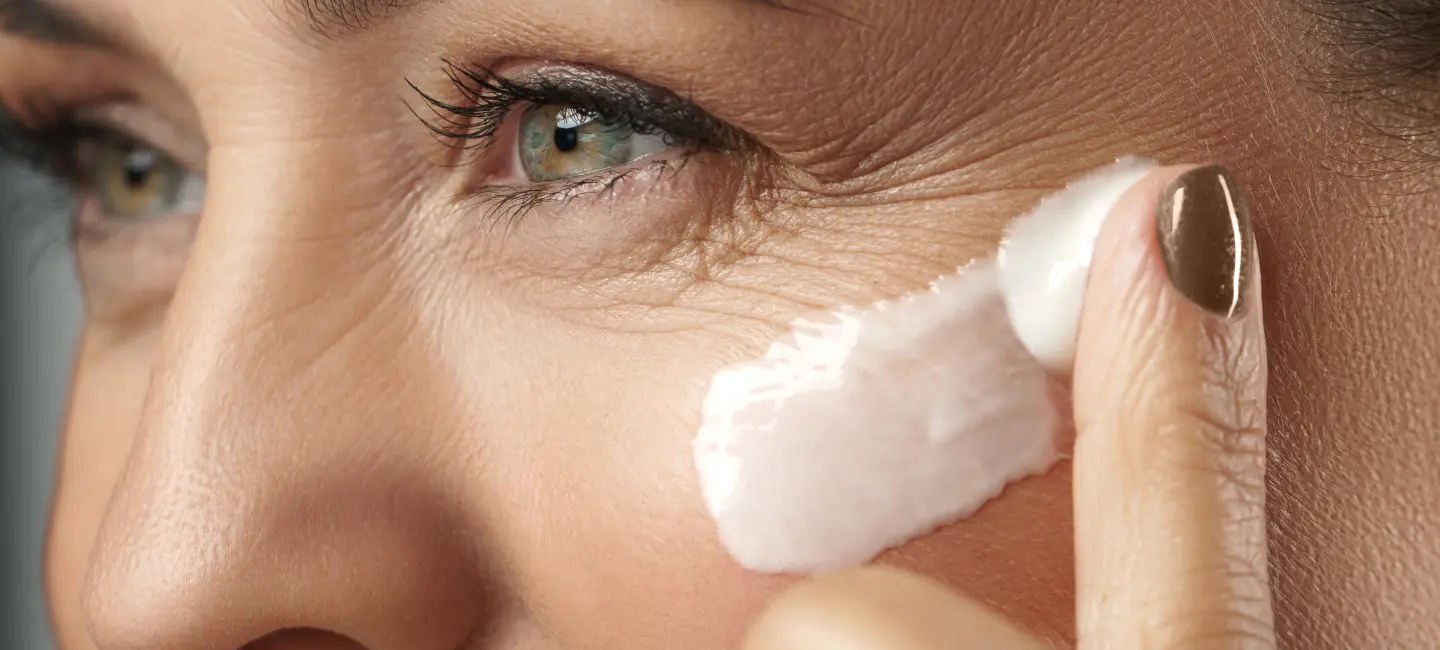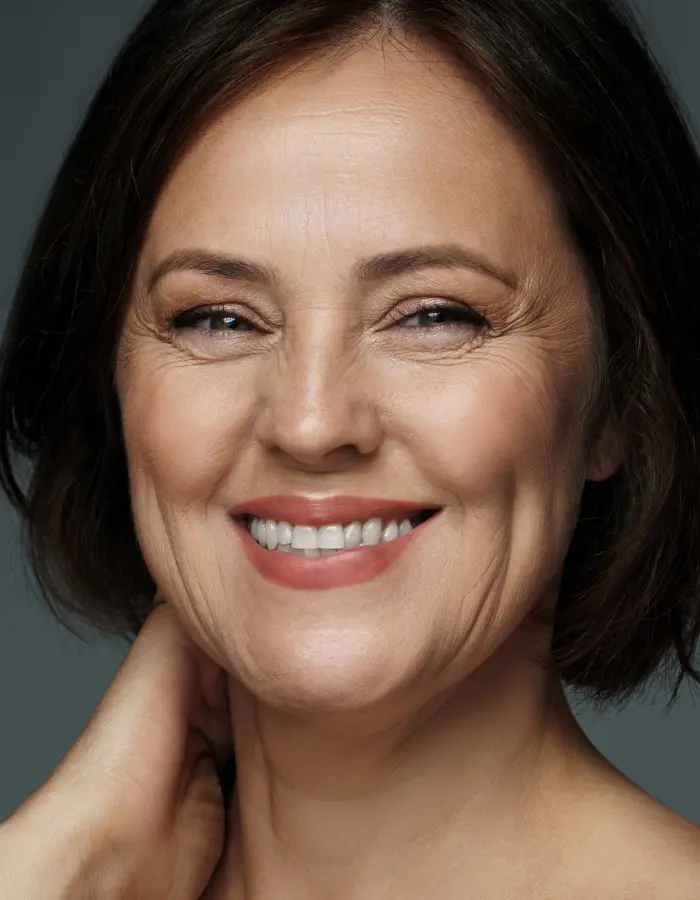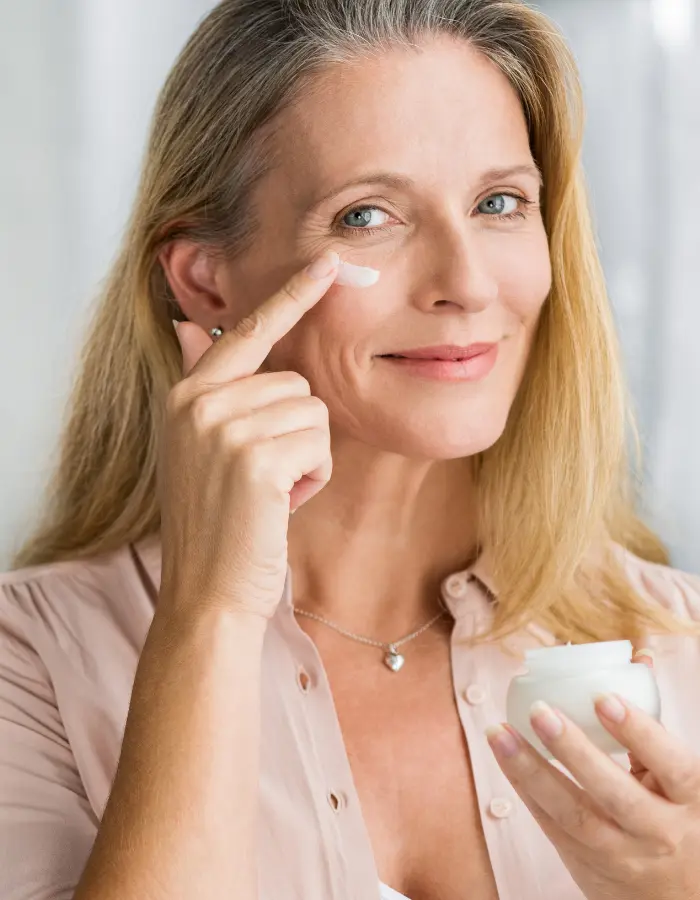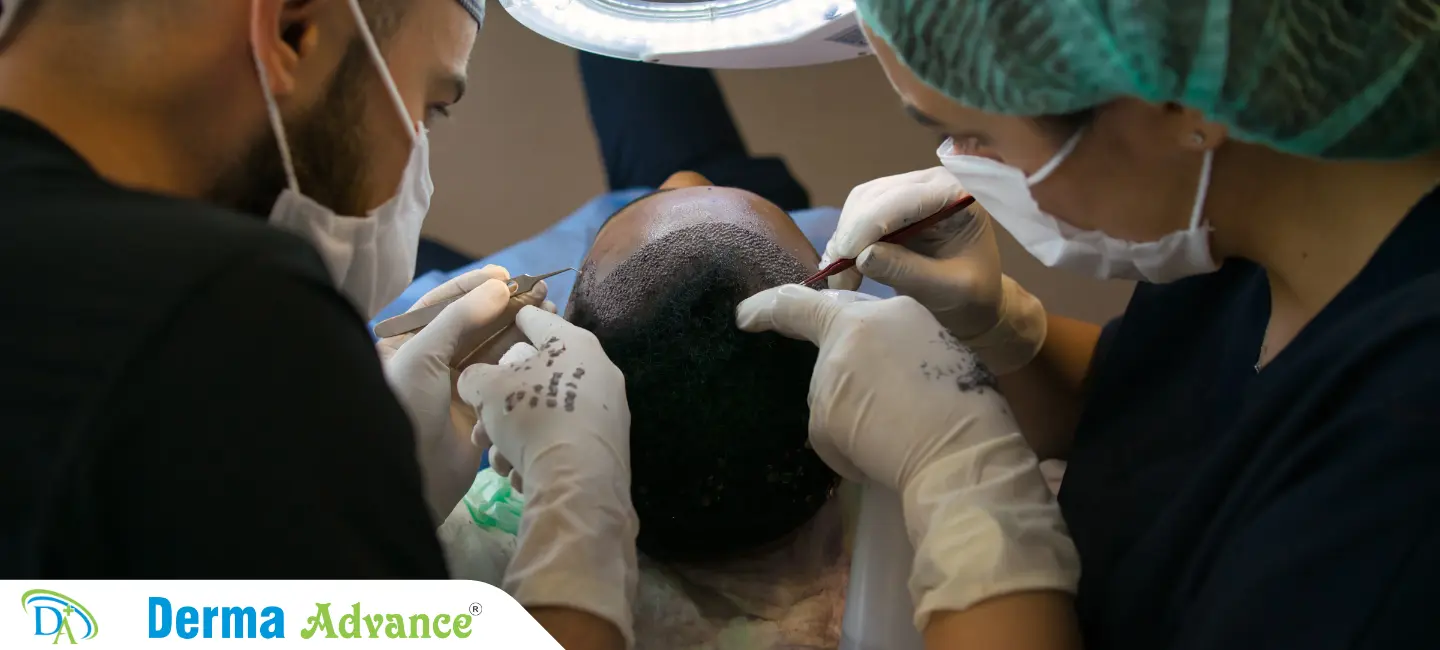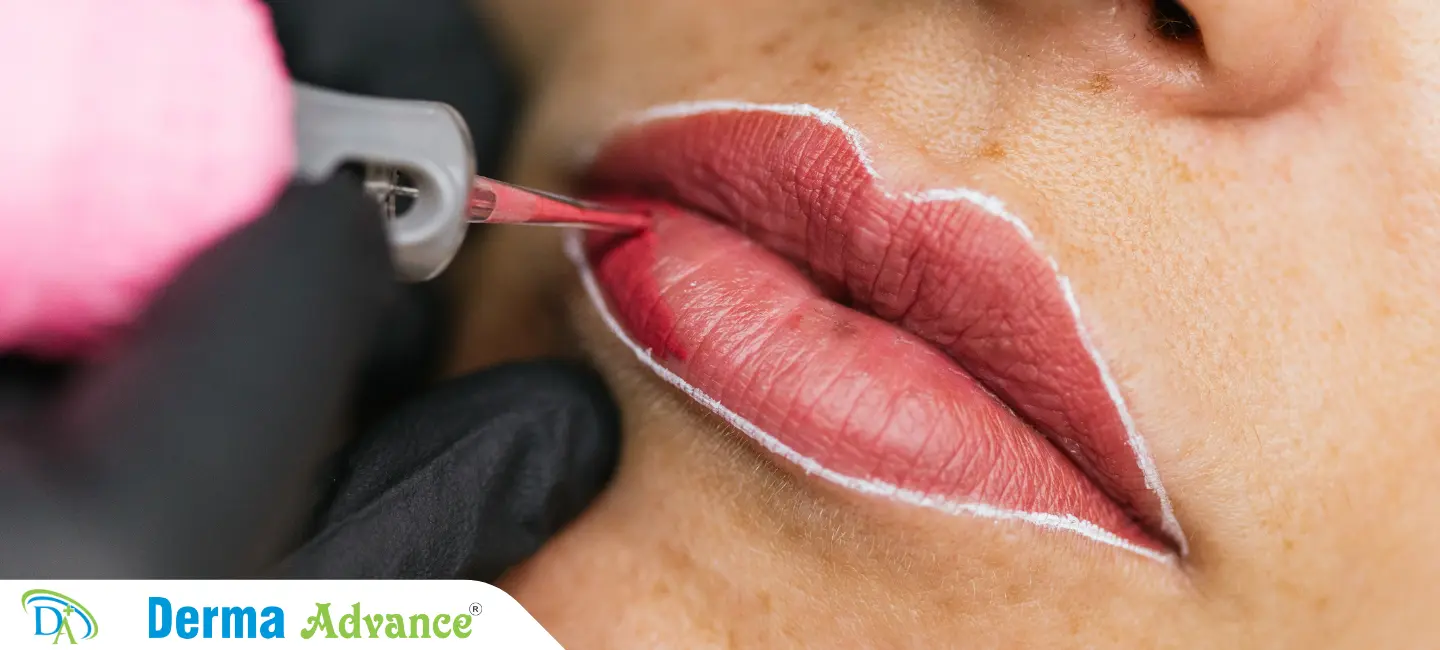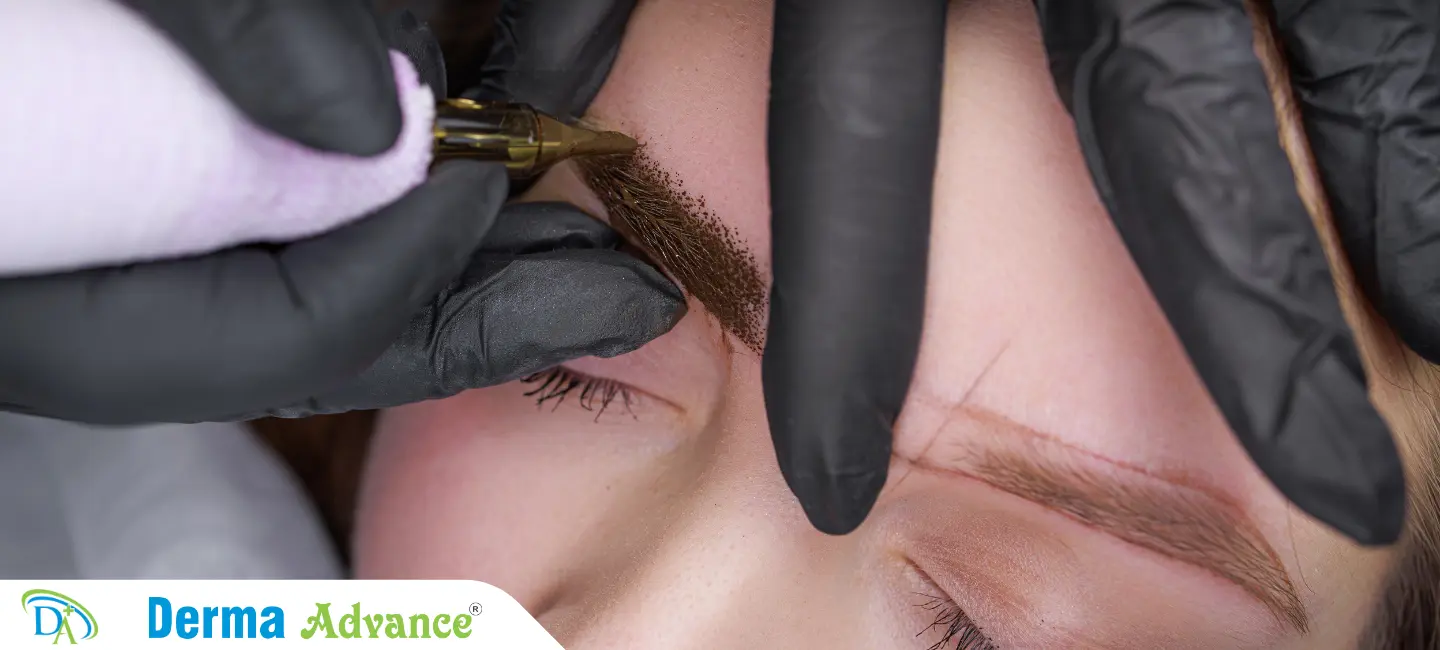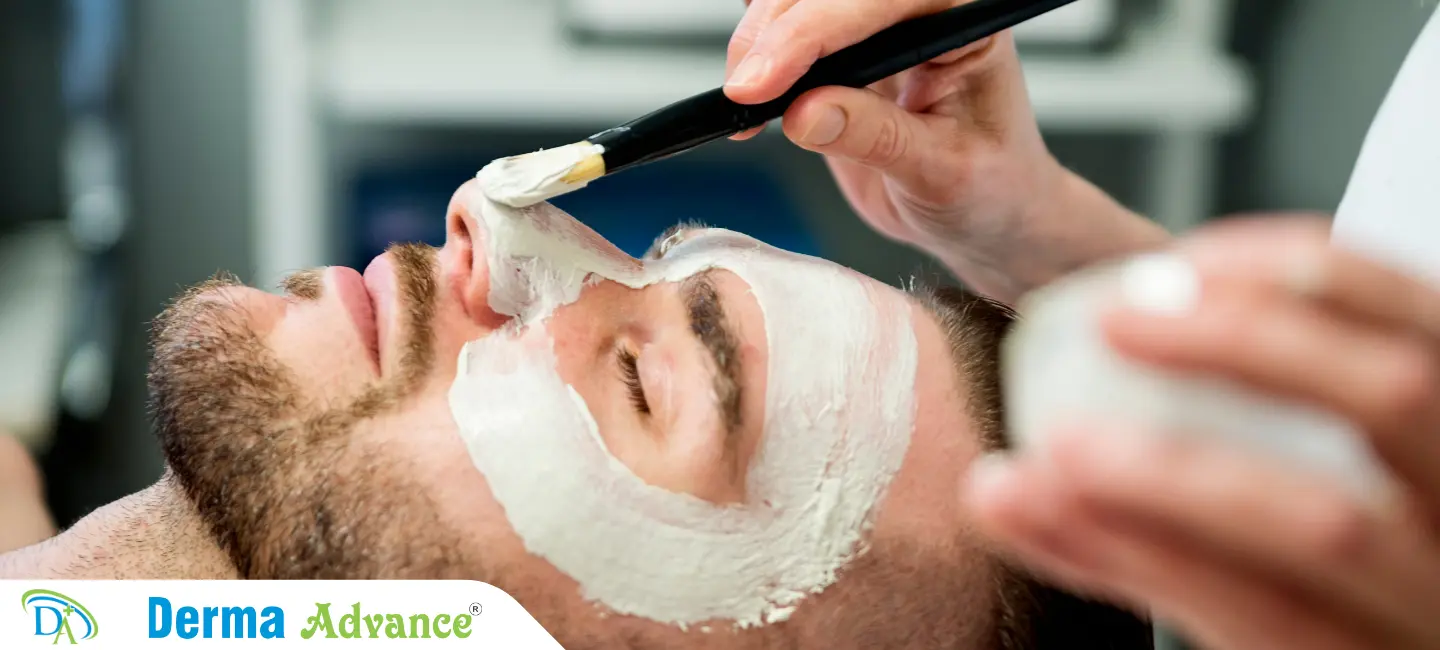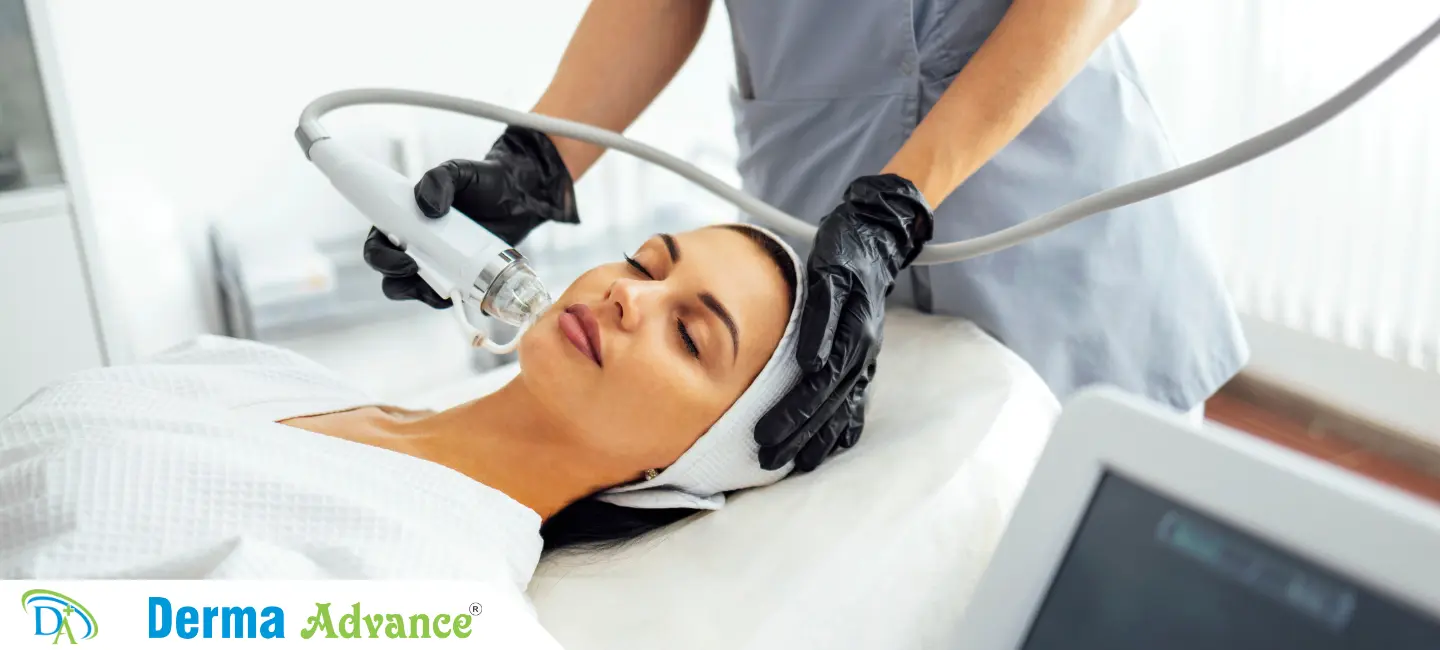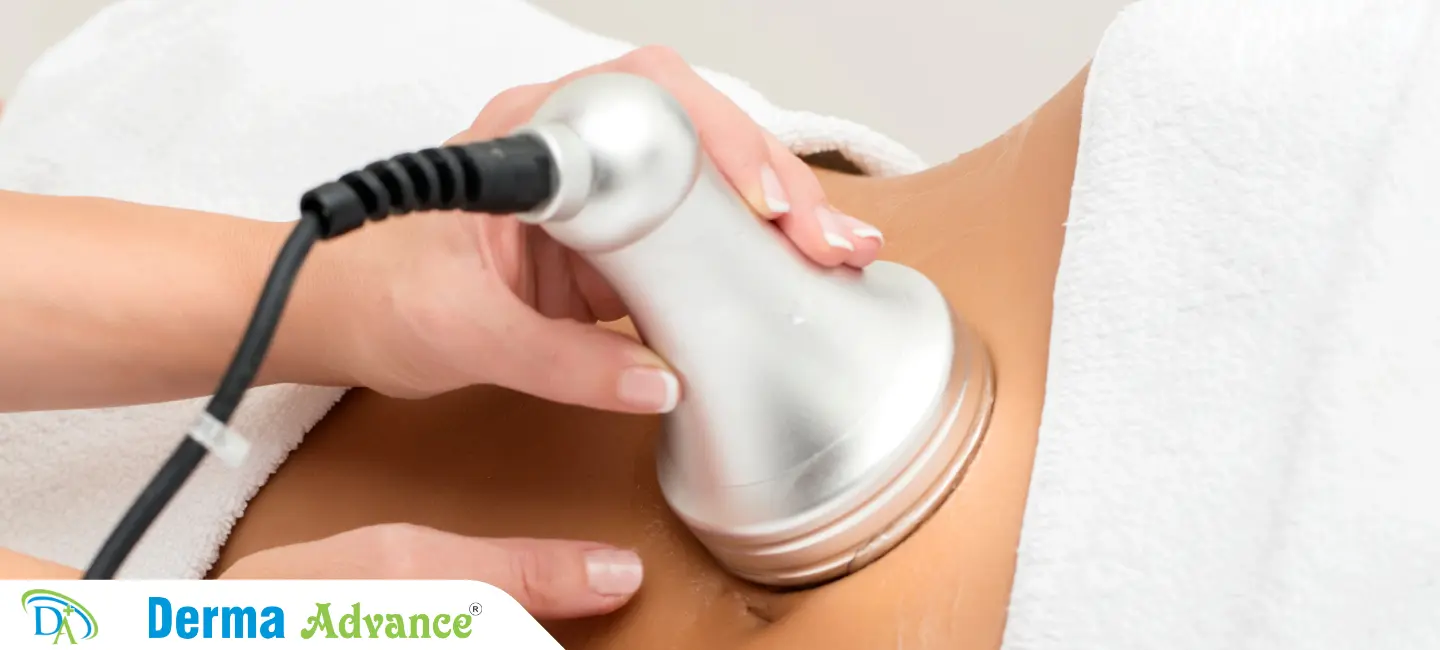What is Aging Skin?
Aging skin refers to natural and environmental changes that occur over time, including wrinkles, fine lines, sagging, and loss of elasticity due to collagen depletion and external factors.
Aging skin results from intrinsic factors like genetic aging processes and extrinsic factors such as sun exposure, smoking, and pollution. Over time, collagen and elastin fibers in the skin weaken, leading to fine lines, wrinkles, and sagging.
External factors accelerate skin aging. UV radiation from the sun damages skin cells and accelerates collagen breakdown, resulting in photoaging. Lifestyle factors like smoking and poor nutrition also contribute to premature aging. Effective treatments include topical retinoids, laser resurfacing, and dermal fillers to restore volume and smooth wrinkles.
Immense Care
We aim to provide immense care tailored to manage and treat your health condition. Be assured, you are in safe hands!
Modern Techniques
We provide modern treatments to ensure you get the quickest and most effective solution to your health conditions!
Symptoms of Aging Skin
What are the Symptoms of Aging Skin?
Symptoms of aging skin vary but often include fine lines, wrinkles, sagging skin, and uneven tone and texture. Collagen depletion and elastin breakdown lead to reduced skin elasticity, resulting in sagging and the formation of deep creases.
Photoaging, caused by cumulative sun exposure, manifests as age spots (hyperpigmentation) and uneven skin tone. Loss of facial volume and definition may occur due to decreased fat and bone density. Skin becomes thinner and more fragile, prone to bruising and tears.
Prevention involves sun protection, a healthy diet rich in antioxidants, and skincare products with anti-aging ingredients like retinoids and peptides. Treatments range from minimally invasive procedures like chemical peels and microneedling to surgical options like facelifts for more significant rejuvenation.
Fine Lines and Wrinkles
Thin, shallow lines and deeper creases that appear on the skin’s surface due to collagen and elastin loss, exacerbated by facial expressions and sun exposure.
Sagging Skin
Loss of skin firmness and elasticity, resulting in drooping or hanging folds, commonly seen around the cheeks, jawline, and neck.
Age Spots (Hyperpigmentation)
Darkened areas of skin caused by an increase in melanin production due to UV exposure, often appearing as flat, brown patches on sun-exposed areas.
Loss of Facial Volume
Decreased fat and bone density in the face lead to hollowing and loss of contour, contributing to an aged appearance.
Thinning Skin
Reduced skin thickness and density, making it more susceptible to damage, bruising, and tears.
Uneven Skin Texture
Irregular skin surface characterized by roughness, enlarged pores, and uneven distribution of pigmentation, often associated with aging and sun damage.
Diagnosis of Aging Skin
1
Visual Examination
A dermatologist evaluates skin changes, including fine lines, wrinkles, sagging, and uneven texture, to assess signs of aging and recommend appropriate treatments.
2
Skin Analysis
Advanced imaging technologies and skin analysis tools assess skin health, including hydration levels, elasticity, and collagen density, aiding in personalized treatment plans.
3
Patient History
Reviewing the patient's medical history, lifestyle habits, and skincare routine provides insights into factors contributing to aging skin and guides treatment recommendations.
4
Differential Diagnosis
Considering other skin conditions, such as dermatitis or rosacea, helps distinguish aging-related changes from underlying skin disorders and ensures accurate diagnosis and treatment.
5
Lifestyle Assessment
Evaluating the patient's sun exposure habits, smoking history, diet, and skincare practices helps identify lifestyle factors impacting skin aging and guides preventive measures and treatment decisions.
6
Comprehensive Skin Assessment
A comprehensive evaluation of skin health, including texture, tone, and structural integrity, aids in diagnosing aging-related changes and developing tailored skincare regimens.
Book Your Appointment
Find Solution to Aging Skin Now!
Meet Our Expert Aging Skin Specialists


Treatment of Aging Skin
How is Aging Skin treated?
Treatment options for aging skin focus on improving skin tone, texture, and elasticity. Topical treatments like retinoids and antioxidants stimulate collagen production and reduce fine lines.
Minimally invasive procedures include laser resurfacing to smooth wrinkles and even skin tone, dermal fillers to restore facial volume, and microneedling to stimulate collagen growth.
Surgical interventions like facelifts and brow lifts provide long-lasting results by lifting and tightening sagging skin. Each treatment is customized based on skin type, severity of aging, and patient goals.
Topical Treatments
Creams and serums containing retinoids, antioxidants, and peptides to improve skin texture, reduce fine lines, and stimulate collagen production.
Laser Resurfacing
Laser treatments to remove damaged skin layers, stimulate collagen production, and improve skin tone and texture, reducing wrinkles and pigmentation.
Dermal Fillers
Injectable fillers like hyaluronic acid to restore facial volume, fill deep creases, and enhance facial contours for a more youthful appearance.
Chemical Peels
Chemical solutions applied to the skin to exfoliate dead cells, improve skin texture, and reduce the appearance of fine lines and age spots.
Microneedling
Fine needles create microscopic channels in the skin, triggering the body’s natural healing response and stimulating collagen and elastin production.
Surgical Procedures
Surgical options like facelifts and brow lifts to lift and tighten sagging skin, providing long-lasting rejuvenation and restoring youthful facial contours.
Causes of Aging Skin
1
Intrinsic Aging
Gradual loss of collagen and elastin fibers due to genetic factors and natural aging processes, leading to fine lines, wrinkles, and skin laxity.
2
Extrinsic Aging
External factors, including prolonged sun exposure, smoking, air pollution, and poor skincare habits, accelerate skin aging by causing collagen breakdown and oxidative stress.
3
UV Radiation
UV rays from the sun penetrate the skin, damaging cellular DNA, and accelerating collagen and elastin degradation, leading to premature aging and increased skin cancer risk.
4
Smoking
Tobacco smoke contains toxins that impair blood flow to the skin, deplete collagen, and accelerate the formation of wrinkles and sagging.
5
Environmental Factors
Exposure to environmental pollutants, such as smog and airborne particles, contributes to oxidative stress, inflammation, and accelerated skin aging.
6
Lifestyle Habits
Poor diet, lack of exercise, inadequate sleep, and high stress levels compromise skin health and accelerate aging processes, affecting skin appearance and resilience.
How to Prevent Aging Skin?
Aging skin refers to natural and environmental changes that occur over time, including wrinkles, fine lines, sagging, and loss of elasticity due to collagen depletion and external factors.
Preventing aging skin involves protecting the skin from UV damage by applying broad-spectrum sunscreen with SPF 30 or higher daily and reapplying every two hours. Avoid smoking and secondhand smoke, as smoking accelerates skin aging and decreases blood flow, leading to wrinkles and dull skin.
A balanced diet rich in antioxidants, vitamins, and omega-3 fatty acids supports skin health and collagen production. Regular use of skincare products with retinoids, peptides, and hyaluronic acid helps maintain skin hydration, elasticity, and firmness, delaying the onset of wrinkles and sagging.

